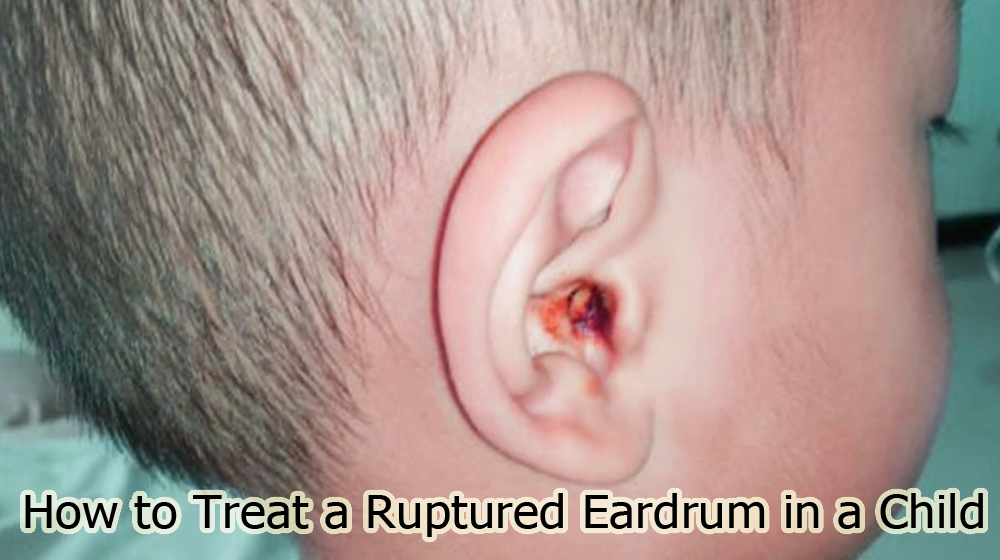Recommendation Tips About How To Tell If Your Eardrum Is Busted

Perforated eardrums can share symptoms with middle ear infections or other ear damage, so it can be hard to tell.
How to tell if your eardrum is busted. Ear pain may suddenly decrease right after your eardrum ruptures. Changes in air pressure like on an airplane. A ruptured eardrum may affect your hearing and sense of balance.
The nine signs you may have a perforated eardrum include: Trauma or injury. He or she also will test your hearing.
Foreign object inserted in the ear like a. A ruptured eardrum, or tympanic membrane perforation, is a tear in the membrane between the outer and middle ear. Sudden loud noise or explosion.
A whistling sound through the ear when blowing the nose. How do we evaluate it? Sudden loud noise or explosion.
An evaluation begins with an examination by an ear, nose and throat doctor (otolaryngologist). If you ruptured your eardrum, which is the thin membrane that separates your outer and inner ear, you may have ear pain, ringing in your ears, drainage, a. Eardrums can heal on their.
You may feel a sharp pain in your ear, or an earache that you've had for a while suddenly goes away. Ear pain that may subside quickly. Dizziness or loss of balance.
One primary reason for a ruptured eardrum is an injury to the ear or even the side of your head. When the pressure from the fluid buildup is too high inside. Ear pain that may subside.
Foreign object inserted in the ear like a cotton swab or bobby pin. A spinning sensation (vertigo) nausea or vomiting from vertigo. Recognize the signs of a ruptured eardrum.
The pain might also fluctuate, increasing for a. An eardrum rupture is a small hole or tear in your eardrum, or tympanic membrane. Fluid leaking from your ear.
If you're not sure if it's a perforated eardrum, find out about other conditions that can cause earache, hearing loss or tinnitus. The first sign of a ruptured eardrum is generally ear pain. What causes a ruptured eardrum?






:max_bytes(150000):strip_icc()/what-causes-a-retracted-ear-drum-1191976-5c04ac1e46e0fb0001dd5eba.png)










